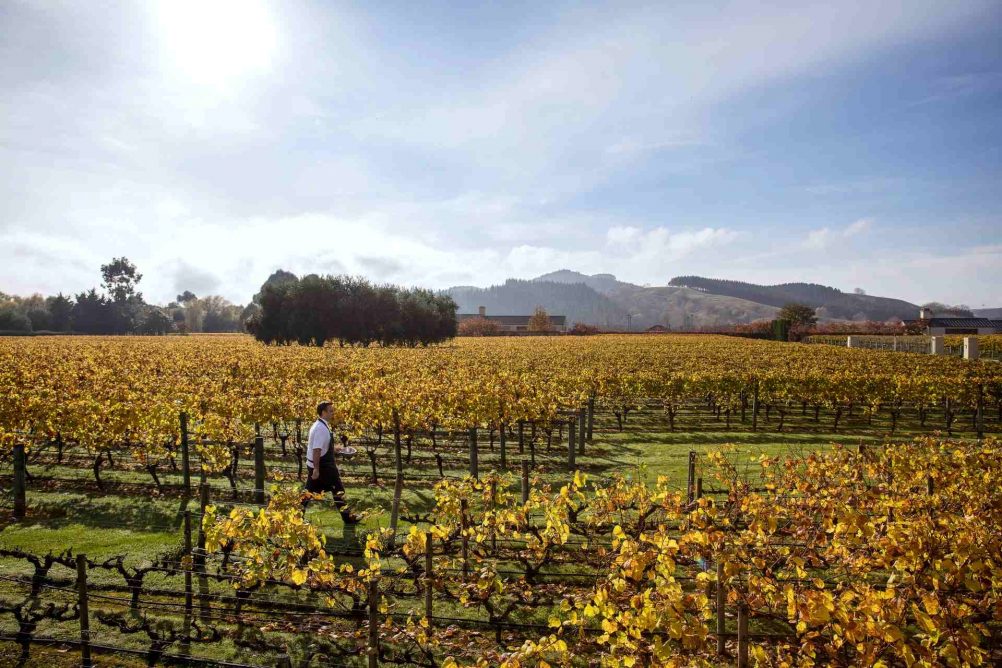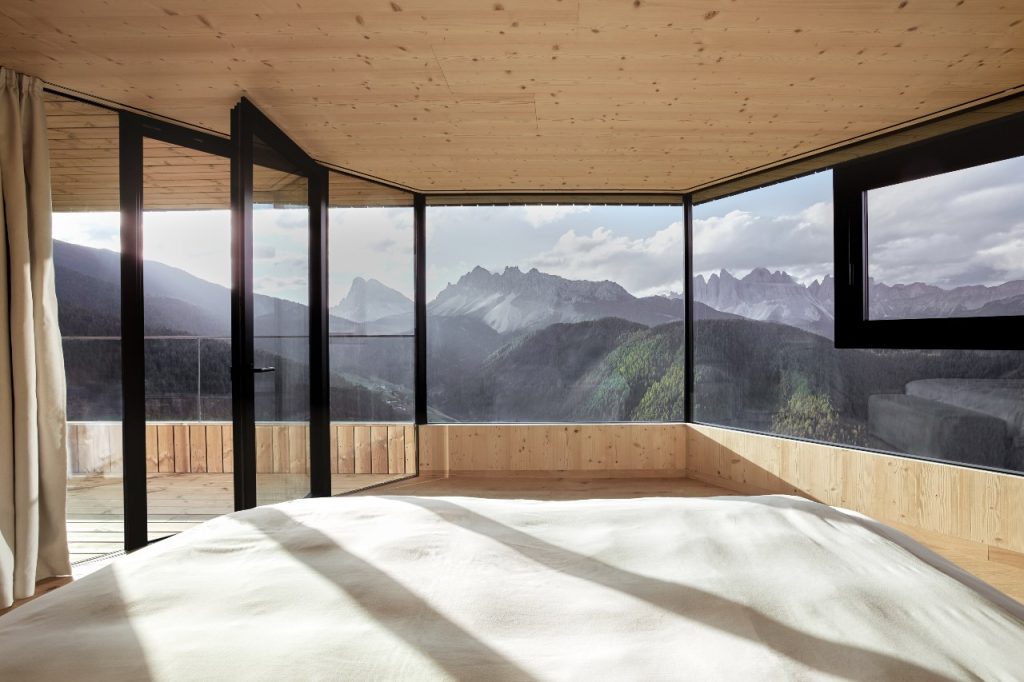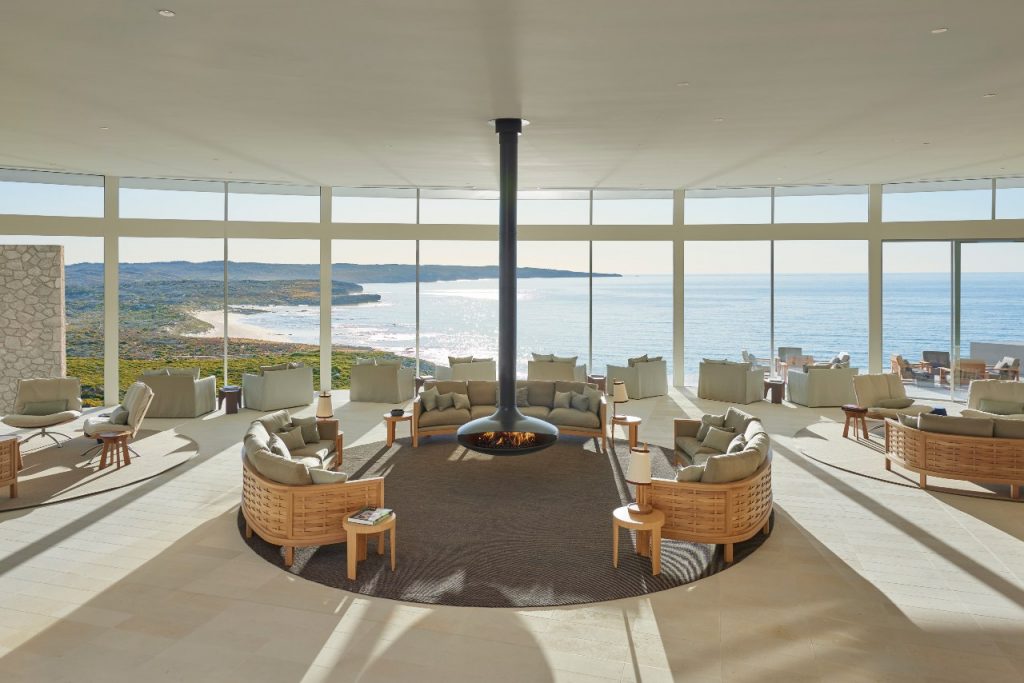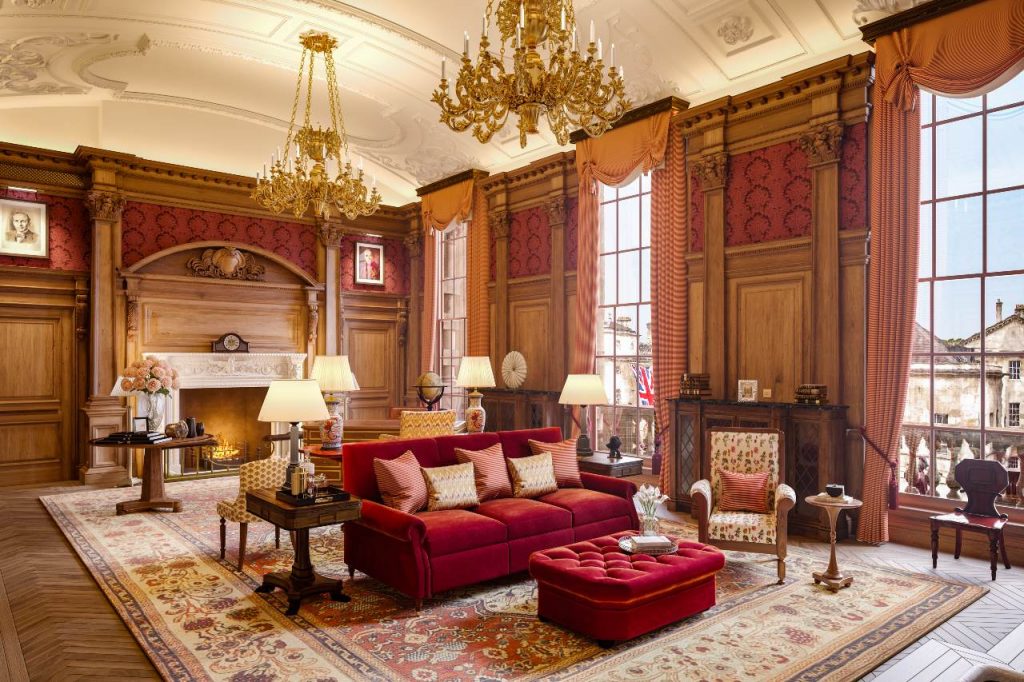Hawke’s Bay: New Zealand’s other great wine region
Hawke’s Bay has been named one of the world’s great wine capitals.
Words by Ute Junker
Photos supplied
Everyone knows Marlborough. Sitting at the top of the South Island, Marlborough produces almost 80 per cent of New Zealand’s wine, much of it a distinctive sauvignon blanc, which blends grassy notes with passionfruit and guava flavours. It has become one of the world’s most instantly-recognisable wines.
Less well-known is Hawke’s Bay. Tucked into a curving coastal area tucked on the bottom of the North Island, Hawke’s Bay is not only New Zealand’s oldest wine growing region, it is also one of the country’s most diverse, with 25 differing soil types and micro-climates created by coastal breezes encourage winemakers to get experimental.
Hawke’s Bay is the first designated Great Wine Capital in New Zealand. It joins the likes of Bordeaux, Napa Valley, and Adelaide as the twelfth region in the world to be awarded the distinction, which recognises the area’s history, its wine tourism and its offerings to visitors.
Part of the fun of discovering Hawke’s Bay’s wineries is that, depending on which family-run winery you visit first, you might get to try chardonnay, pinot gris and sauvignon blanc, the latter with a much flintier taste than its Marlborough cousin. If you are sampling reds, you might encounter syrah and a range of red blends featuring merlot, malbec and pinot noir.
With more than 30 cellar doors and 200 vineyards that produce more than 40,000 tonnes of grapes, there is enough to keep wine lovers busy for days. A good place to start is the Gimblett Gravels. Thirty years ago, this rocky area on the outskirts of Hastings was wasteland, regarded as the least productive land in New Zealand. It didn’t even make the cut as sheep pasture; the land was so dry that each animal required about three acres to sustain itself. The only people who had any use for Gimblett Gravels were the local hoons, who occasionally used it for a spot of drag racing.
Then winemaker Chris Pask got it into his head that, with enough irrigation, it might be possible to grow decent grapes here. A handful of other adventurous winemakers followed his lead. The results astonished everyone, with the Gimblett Gravels wines winning awards around the country and overseas.
Today, the Gimblett Gravels is considered one of the best parcels of grape-growing land in the country. Australian wine writer James Halliday went so far as to call it a sacred site. You can try the local drop at cellar doors such as Trinity Hill, Te Awa and Pask Winery.
There is plenty more to explore further afield. On the outskirts of Napier lies New Zealand’s oldest winery, Mission Estate. The first wines were planted at Mission Estate in 1851, by French monks come to preach the word of god in the antipodes. Today the winery is regarded as one of the area’s flagship properties. Its respected Jewelstone range includes wines such as the cabernet sauvignon- merlot-cabernet franc blend, Antoine, a complex mix of leather, spice, tobacco, plum and blackberry notes. Its table wines, including a spicy, fruity gewürztraminer, are equally popular.
Presiding over Mission Estate is a grand two-storey colonial house dating back all the way to 1880. The house stood on the original estate, located some distance from here; when the mission relocated, the house was cut into 11 sections, transported partly by rolling it on logs, partly by pulling it on traction engines. The move took two whole days.
The mansion is one of Hawke’s Bay’s most arresting buildings. Just as eye-catching, but very different in design, is the lodge at Elephant Hill winery. Its clean geometric lines are designed to showcase the gentle contours of its coastal setting. The colour scheme, heavy on teals, turquoises and the aged copper used for cladding, echoes the colours of the vines and the sea, and the striking structure has won a number of architectural awards.
The wines are pretty great, too, including the entry-level white, Phant Blanc, is an aromatic, easy-drinking blend of pinot gris, viognier and gewurztraminer. Red lovers will swoon over the reserve syrah, with its rich flavours of blackberry, spice and pepper.



